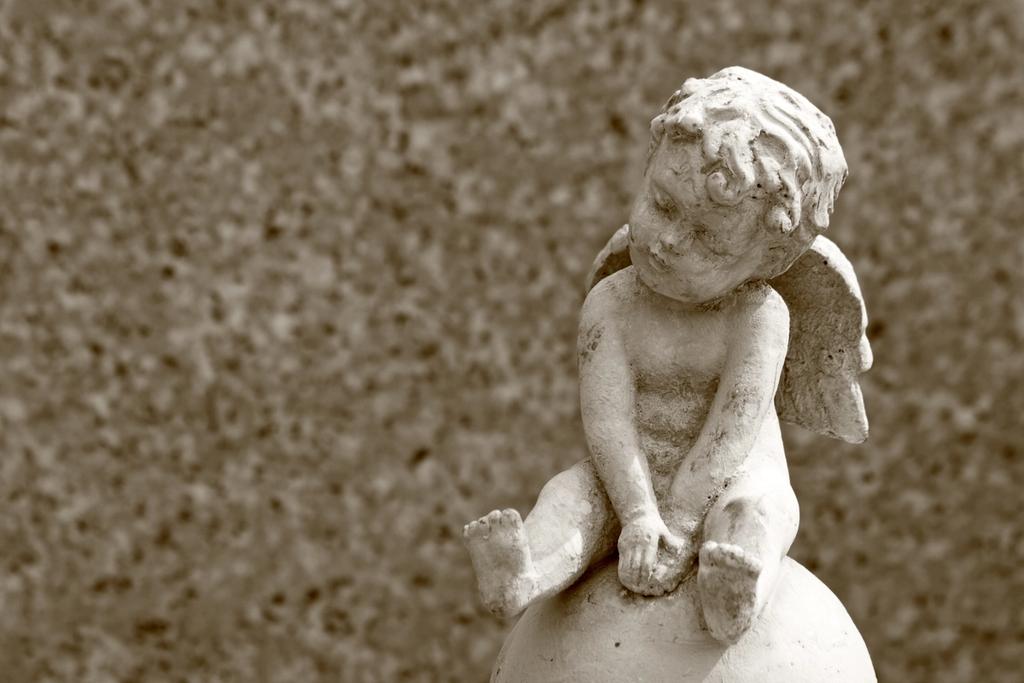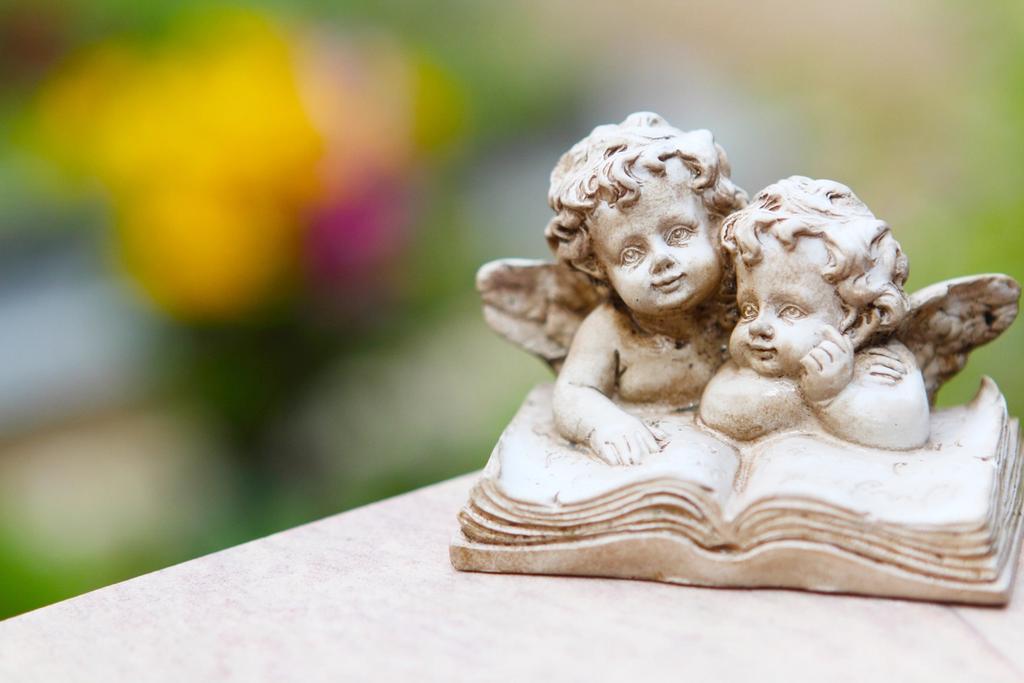Graveside Service Etiquette
A graveside service should be attended with the same attitude of respect and courtesy as a funeral service or memorial service.

What To Expect At A Graveside Service
A graveside service can follow a traditional funeral, can precede a memorial service, or can be a stand-alone event. The service will be held at the gravesite, or at the crypt where the body or cremated remains will be interred. In general, graveside services tend to be fairly brief. The funeral officiant will likely recite prayers or readings, a eulogy may be delivered, and the body will be lowered into the ground or placed in the crypt. In many cultures it is customary to have guests participate in shoveling dirt into the grave.
Where To Sit Or Stand At A Graveside Service
Chairs may be set up at the gravesite, though depending on the number of people in attendance most guests may need to stand. Generally, chairs are reserved for immediate family members and people who are elderly. If there are seats available, you should feel free to sit.
For more advice on where to sit at a funeral, see our article Where to Sit at a Funeral.
Participating In A Graveside Service
At a graveside service the officiant—either a religious leader or a funeral director—will usually recite prayers or readings before the casket is lowered into the ground. If the prayers or readings are intended to be sung or read by the group, or if there are prayers that follow a call-and-response pattern, you should participate if you feel comfortable doing so. If you don’t know the prayers or readings, or do not wish to participate for any reasons, standing quietly and respectfully is acceptable.
Depending on the religious or cultural affiliations of the funeral, at some graveside services it is customary to have guests shovel dirt into the grave. This is especially true of Jewish funerals. Though there is no obligation to participate in shoveling dirt, you should feel free to participate if you wish. There will usually be a pile of dirt next to the grave and one or two shovels. Generally the immediate family will go first, and other guests will line up behind the family. At a Jewish funeral, it is customary to scoop the dirt using the back of the shovel and then to place the shovel back in the dirt when you’re done, rather than passing the shovel to the next person in line. If you get to the funeral and find that this is not the case, it’s always a good idea to simply follow the lead of the person in front of you.
If You're A Pallbearer
If you will serve as a pallbearer at a funeral service before the graveside service or if you will serve as a pallbearer at a stand-alone graveside service your job will be to escort the casket from the hearse to the grave site. The funeral director coordinating the service or someone from the cemetery will be on site to tell you where to go and what to do. If you have any questions about your role, simply ask the funeral director or cemetery staff member.
If you will be attending a post-service reception or gathering, see our article Post-Funeral Reception Etiquette.
How To Know If You Should Attend A Graveside Service
Graveside services may be open to the public or may be limited to family only. If a public graveside service follows a funeral service, the funeral officiant will make an announcement at the end of the funeral inviting people to the graveside service and offering directions to the cemetery. As with a funeral, if a graveside service is open to the public and you want to attend, you should. If the service is limited to family only, your should respect the family’s wishes and not attend. If you are not invited to the service but would like to reach out to the family, consider writing a letter expressing your condolences.
- How To Express Sympathy: What To Say And What...We’ve compiled a list of things to say—and things to avoid saying—when...Read more
- A Quick Overview Of Proper Funeral EtiquetteFunerals are emotionally complex, and knowing how to act can present a...Read more
- The Five Stages Of GriefAfter experiencing a loss, it's common to go through a range of emotions...Read more
- Funeral Pre-Planning Cheat SheetPlan now, rest later.Read more



